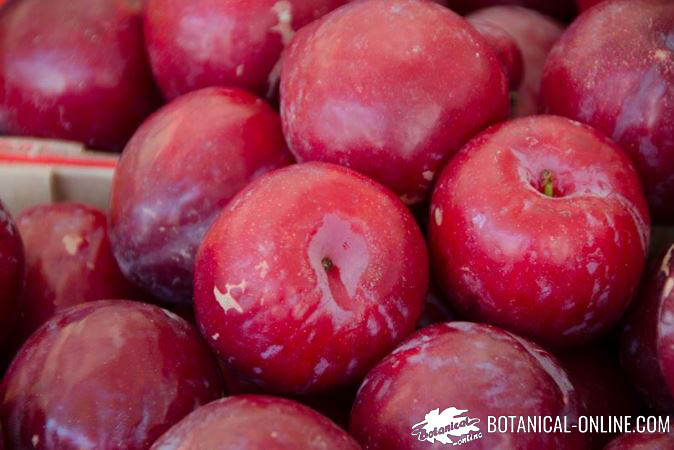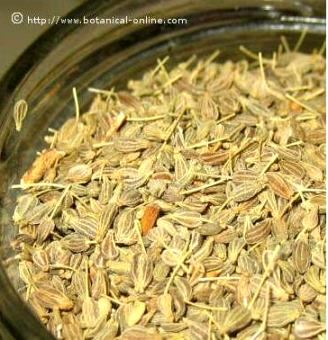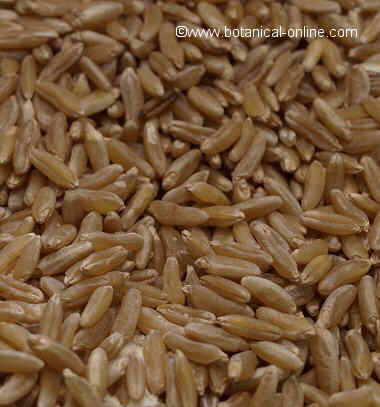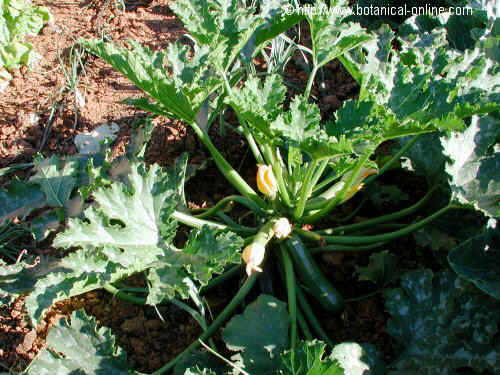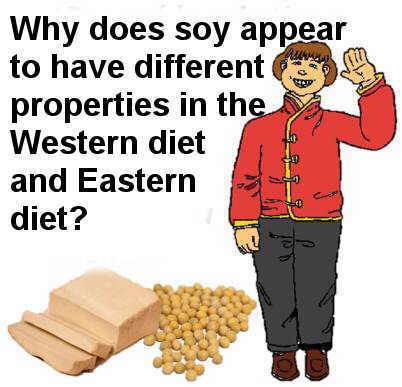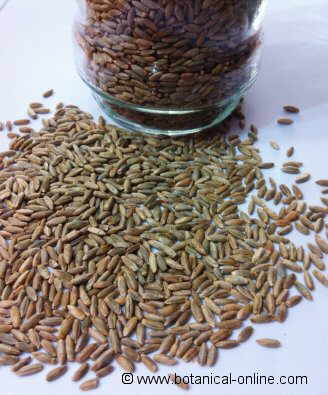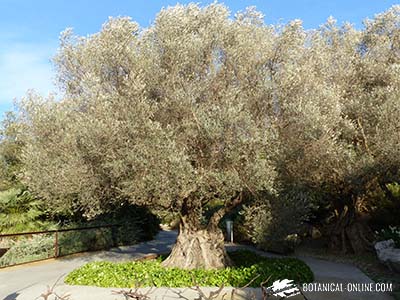Contents
Fruit trees classification, types and pomology
What is a fruit tree?
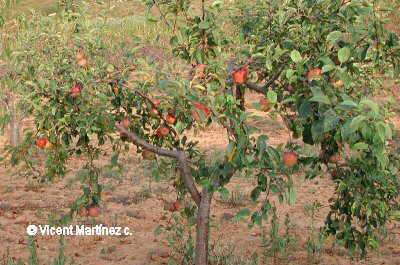
Photo of apple tree loaded with many fruits
Fruit trees are referred to those trees that are capable of producing fruits. The fruit becomes from the matured fertilized ovary inside which we find the seeds.
When we speak about fruits, we refer to any kind of fruit, either a fleshy fruit or a a dry fruit.
Therefore, we believe that a fruit tree is both a pear tree that produces very soft and juicy pears as well as a a walnut tree that gives us walnuts, which are are hard and dry.
We consider fruit trees those type of trees that produce fruits for our consumption. The term does not include the trees capable of producing fruits but which are not grown or produced for Men.
How are trees classified?
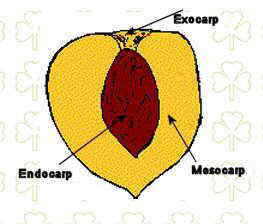
A drawing of the external parts of fleshy fruit (pericarp)
Fruit trees are classified in different ways according to the fruits they produce. To understand the different types of fruit trees we need to understand clearly the different parts of a fruit. The attached drawing shows the parts of a peach, a fleshy fruit of drupe type.
Basically a typical fleshy fruit has a cover that encloses the seeds. This outer layer, called the pericarp, usually consists of an outer layer called the exocarp, which is what is commonly known as “skin.”
Below this appears the mesocarp or what is known as “flesh.” Within the mesocarp, we have the endocarp, known as “bone”. Inside the endocarp we can find the seeds.
This structure can vary from one type of fruit to another, but it generally maintains similar characteristics. For example, in apples, which are fleshy fruits of pome type, the endocarp is not so hard, but it has a leathery structure, that is to say, like leather or parchment. Sometimes, as in the case of oranges, the fruits are hesperidiums and they are different because a fleshy matter appears between the endocarp and the seeds.
Types of fruit trees
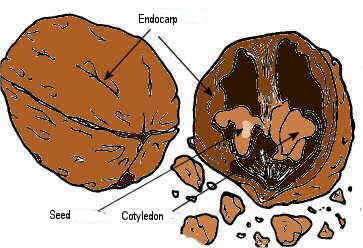
Drawing of the internal parts of a walnut (endocarp, seed and cotyledons)
We can classify the fruit trees in the following groups:
- Trees with fleshy fruits that have a bone in it: They are scientifically known as drupes, that is a kind of fleshy fruits, within which the seeds are enclosed in a hard bone. Within this group we have such wellknown fruit trees such as cherries, plums, peaches, apricots, olives, or mangoes.
- Trees with fleshy fruits that have seeds in it: They are scientifically known as pomes, that is a kind of fleshy fruits, within which the seeds are enclosed in a leathery endocarp. Within this group we have fruit trees as well known as pears, apples, quinces or loquats.
- Trees with fleshy fruits considered exotic: In this section we would have many trees that produce fruits with a varied structure. We can cite, for example, hesperidiums as citrus (oranges, lemons, grapefruits, tangerines, etc).
- Fig trees produce a type of fruit, a syconium, which is commonly known as fig. Mangoes are the fruit produced by the tree of the same name that could be included in the first group of trees and, in fact, they produces drupes. Papayas are berries produced by the papaya trees.
- Trees with nuts: Those that produce fruit enclosed in a shell. Some produce real botanically considered nuts such as hazelnuts from hazel trees, chestnuts from chestnut trees, beechnuts from beeches or acorns from oak trees.
- Trees with “false” nuts: In this group we would have fruit trees that are considered, from the culinary point of view, fruit trees with nuts, but they actually produce fleshy fruits from a botanical point of view. Among them we have trees as well known as almonds and walnuts and other lesser known as pecan.
Examples of different types of trees
- Almonds and walnuts are the seeds not the fruits. In fact, they produce fleshy fruits, whose fleshy outer parts become dry in time. Pistachios are also the seeds of drupes produced by a pistachio tree.
- Cashews are the seeds of the cashew tree that bears fruits in the form of fleshy drupe. In this case the “flesh of the fruit” is also used as food.. B
- Brazil nuts are the dry seeds of a nut-shaped capsule that produces the tree of the same name.
- A coconut is a drupe with fibrous “meat” produced by a palm tree. What we eat – the white “meat”- actually is the endosperm or the food reserve of the seed.
- A macadamia nut is actually the seed a follicle fruit that produce the trees of the same name. Inside this fruit they are a couple of seeds with a hard shell.
What is the science that studies fruit trees?
The Pomology is a branch of horticulture that deals with the study and cultivation of plants that produce fruits, especially the trees. The word pomology comes from the Latin Pomun (= “pome”) (which means “fruit”) and “logy” (meaning study).
In the cultivation of fruit trees a number of techniques and considerations should be taken into account.
Some articles explain the steps necessary to plant a fruit tree from the preparation prior to the act of planting. In future articles we will explain all the care and maintenance involved in growing a fruit tree. (Multiplication, pruning, fertilization, plant protection and harvesting)
How to plant a fruit tree?
For a good planting, a fruit tree should follow a series of technical considerations in order a tree to have the ideal growth and maintenance to produce as many fruits as possible with the best quality and nutritional properties.
![]() More information on fruit trees
More information on fruit trees

